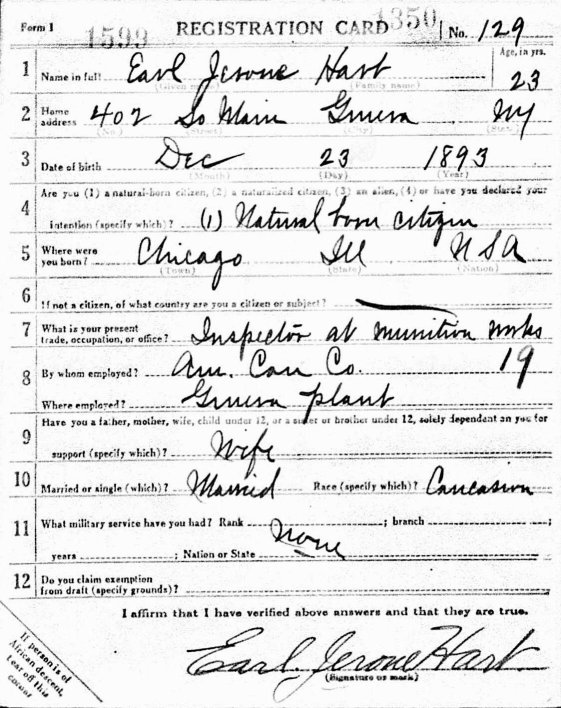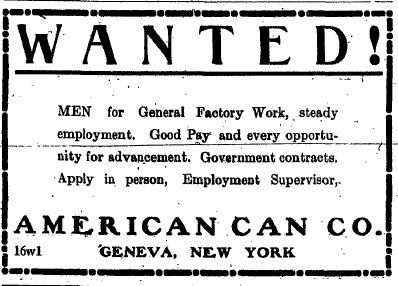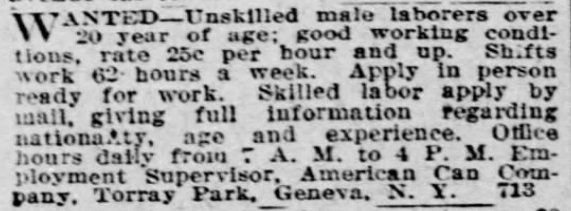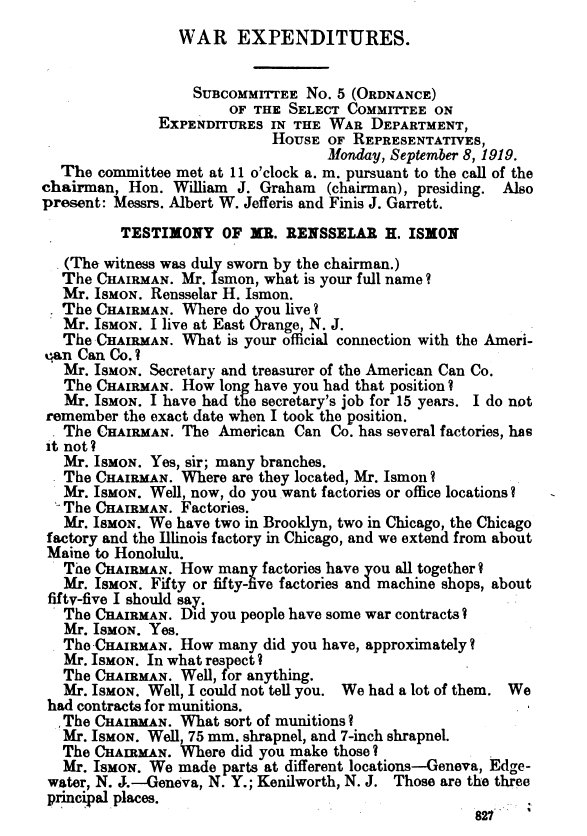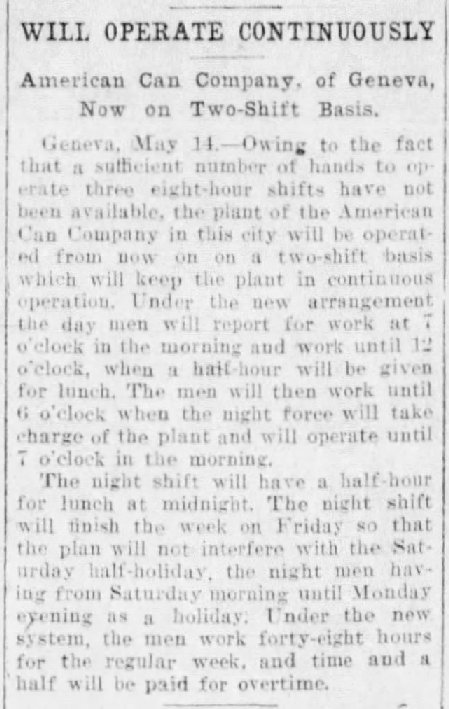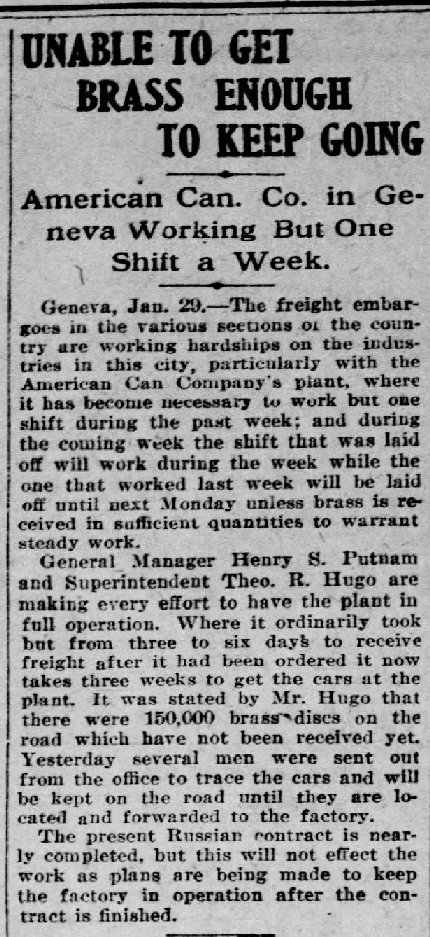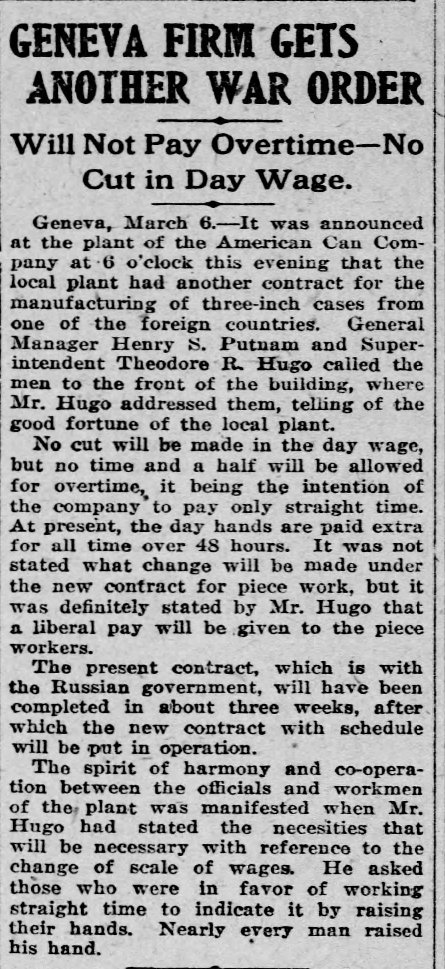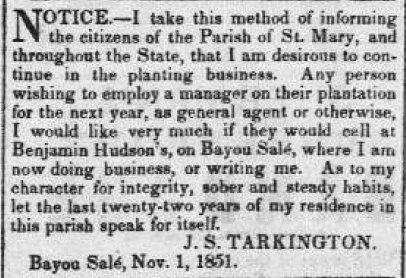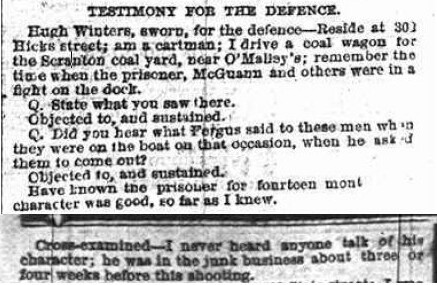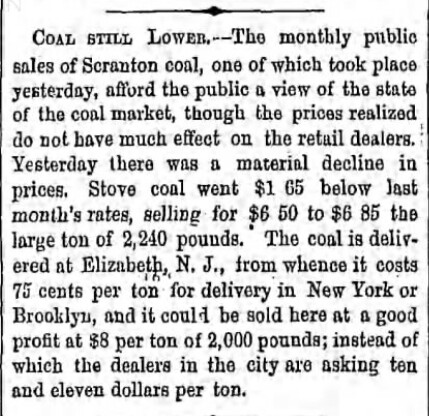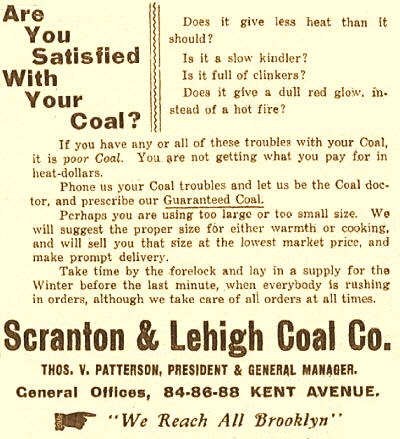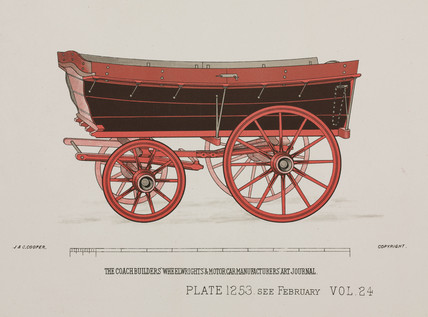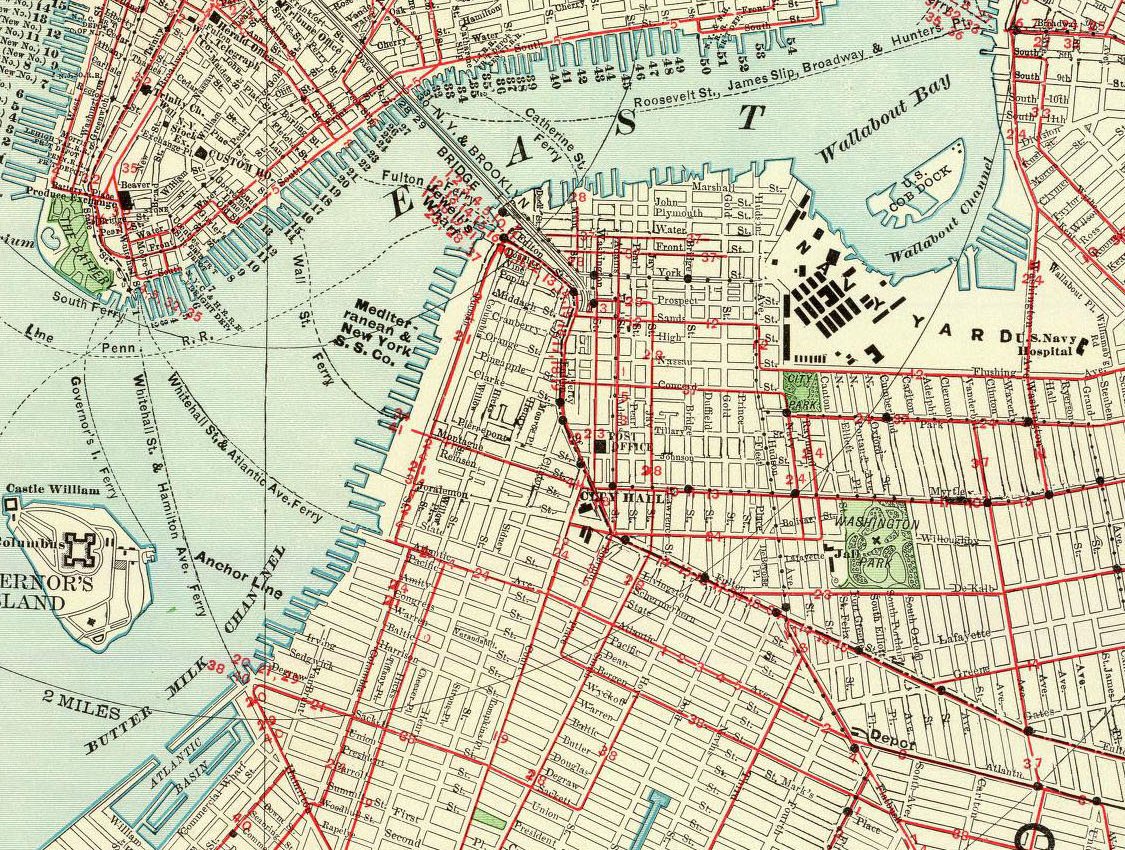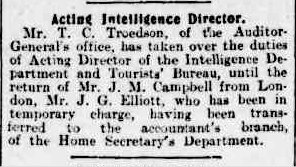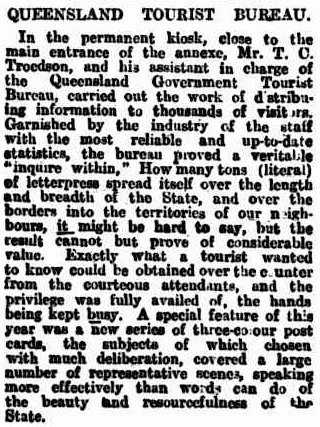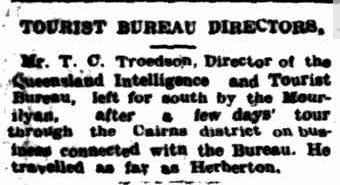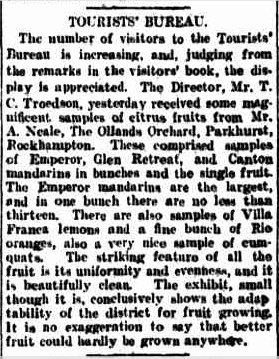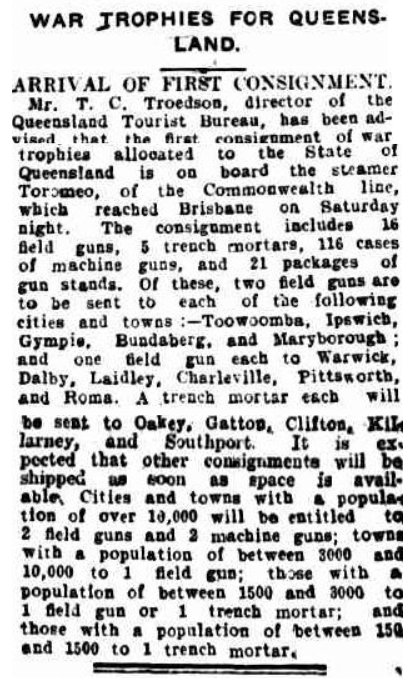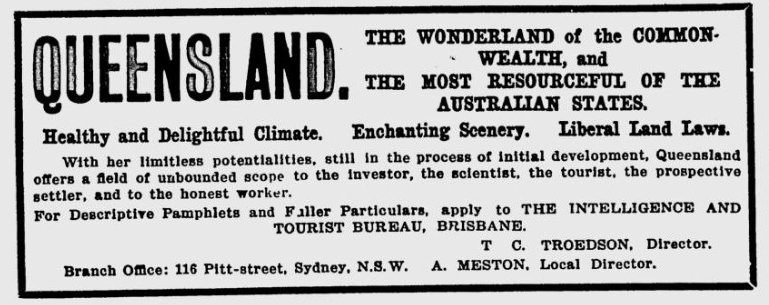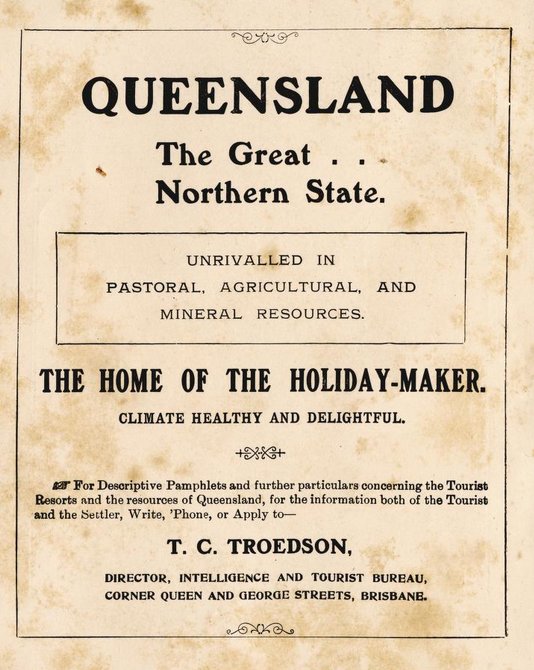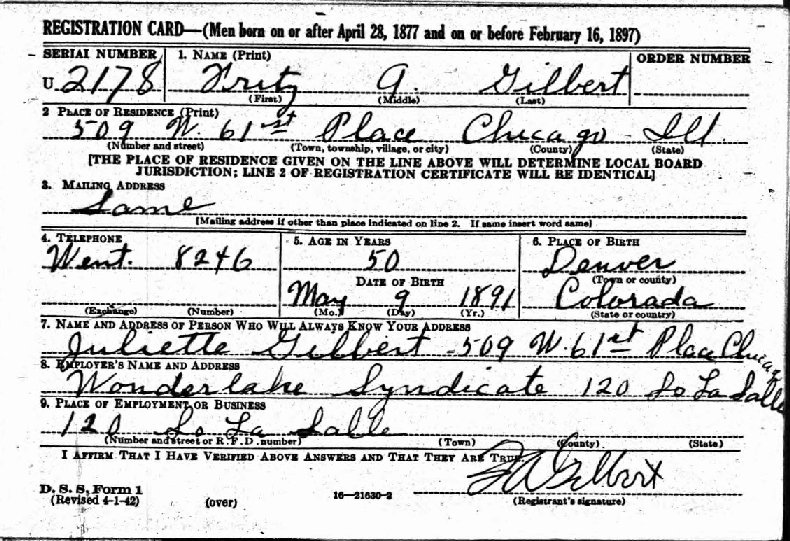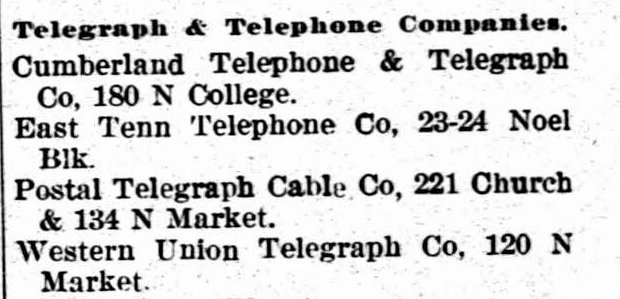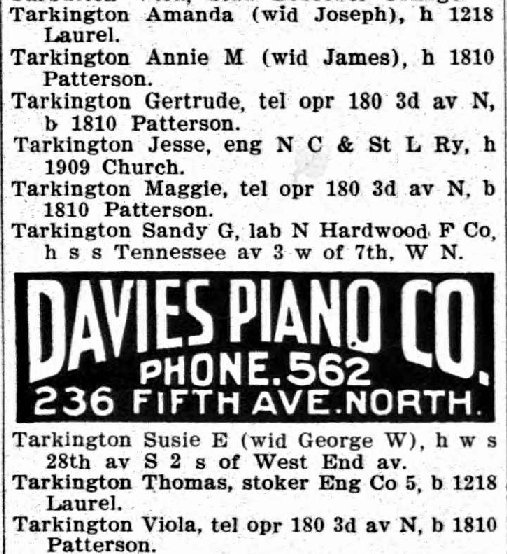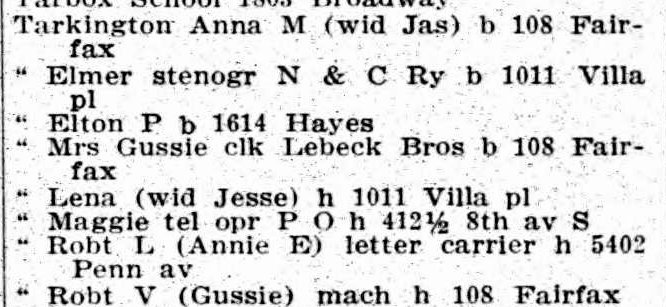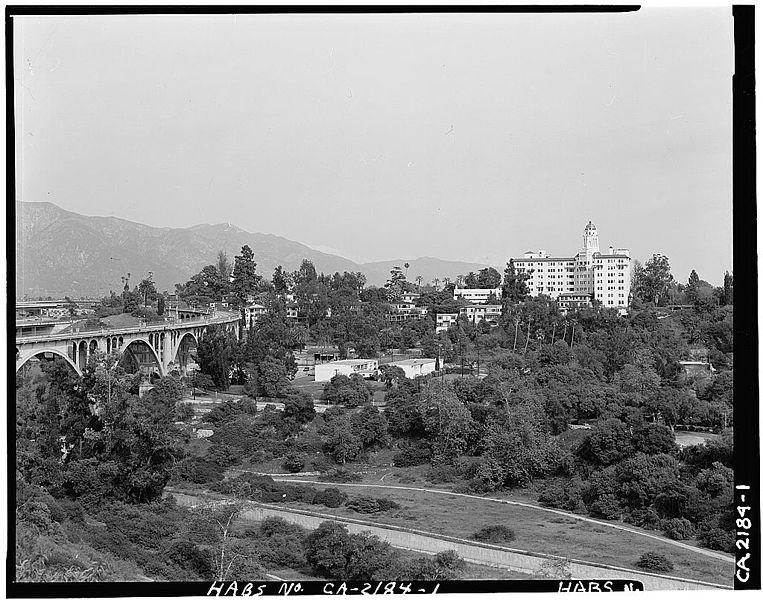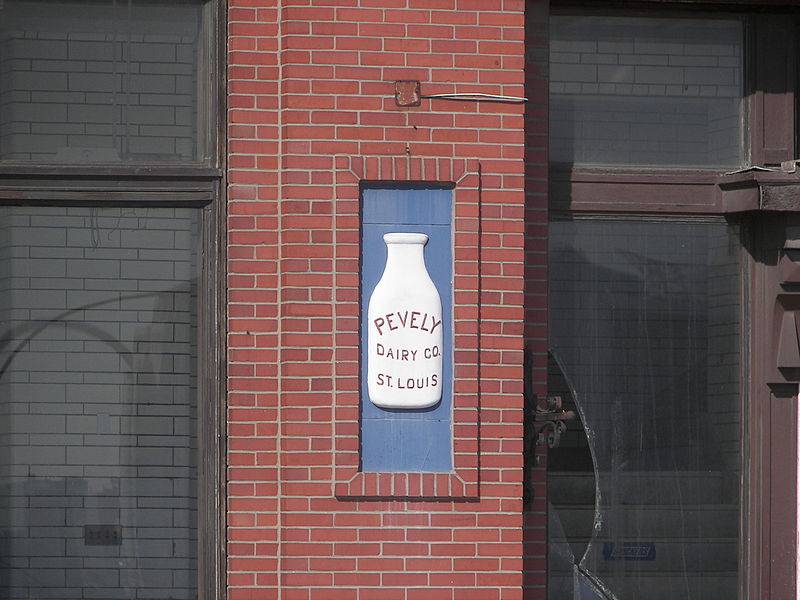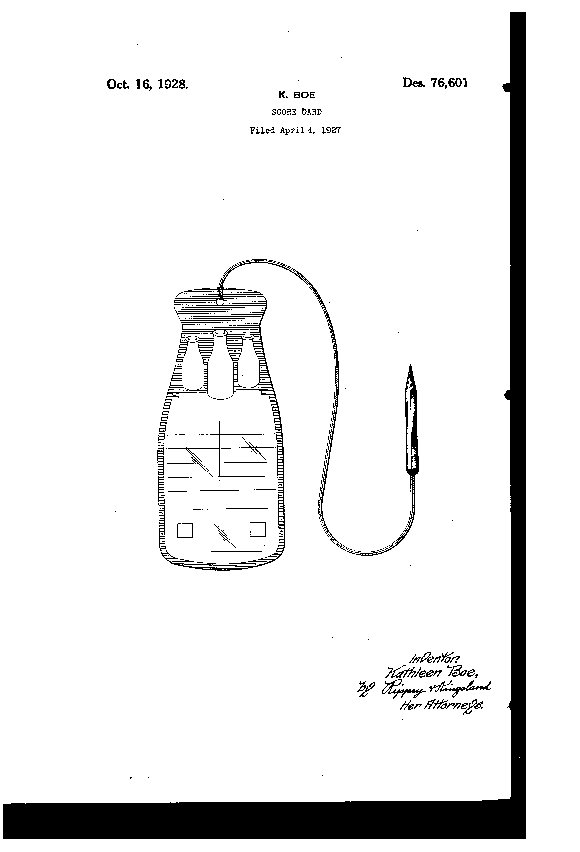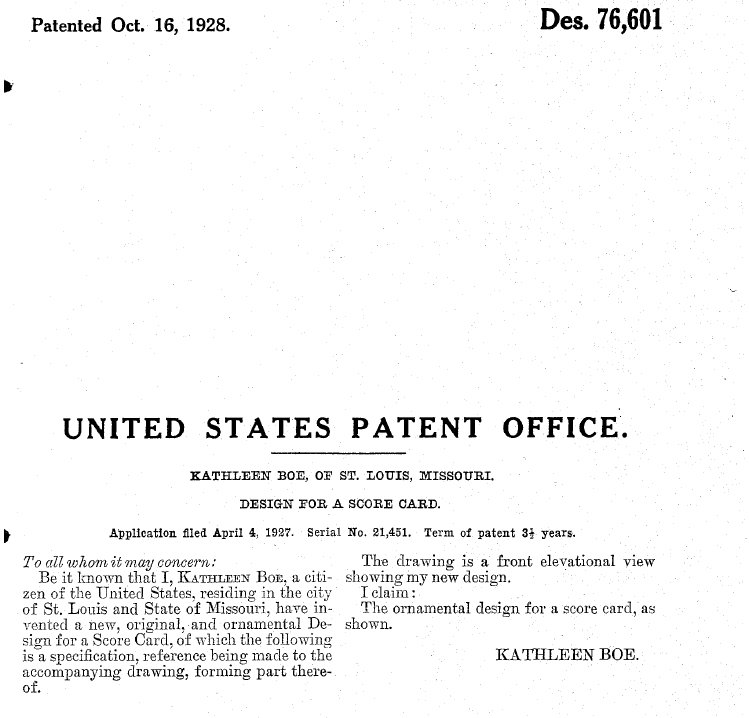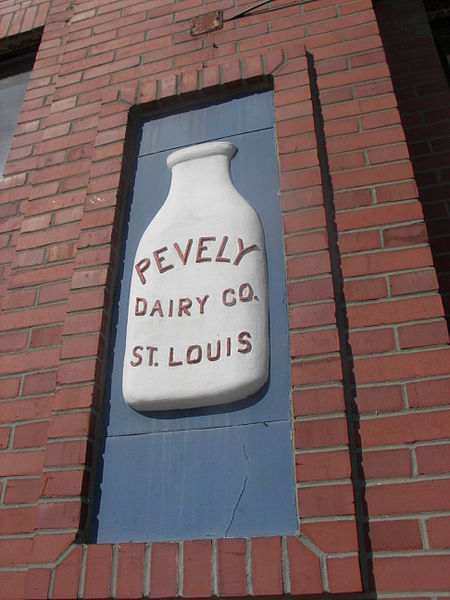World War I draft registration card, Earl Jerome Hart. Ancestry.com. U.S., World War I Draft Registration Cards, 1917-1918 [database on-line]. Provo, UT, USA: Ancestry.com Operations Inc, 2005. Original data: United States, Selective Service System. World War I Selective Service System Draft Registration Cards, 1917-1918. Washington, D.C.: National Archives and Records Administration. M1509, 4,582 rolls. Imaged from Family History Library microfilm.
The American Can Company had government contracts to produce munitions for World War I.
Newark Union- Gazette (Newark, NY), 20 April 1918, page 9
In 1917, the men were paid at least 25 cents per hour, and they worked 62 hours per week.
Rochester Democrat and Chronicle, 9 May 1917, page 5
75 mm and 7-inch shrapnel were produced at American Can Co.'s factories.
United States. Congress. House. Select Committee on Expenditures in the War Department. War Expenditures: Hearings Before Subcommittee No. 5 (Ordnance) of the Select Committee on Expenditures in the War Department, House of Representatives, Sixty-sixth Congress, First session on War Expenditures. Washington, DC: Government Printing Office, 1919. Available from Google Books.
In 1916, the Geneva plant operated continuously, and there were two shifts. They had a half hour lunch break.
Rochester Democrat and Chronicle, 15 May 1916, page 5
In January 1917, only one shift worked each week due to a shortage of brass. The two shifts alternated weeks. At this time, the men were producing brass shrapnel cases for the Russian government.
Rochester Democrat and Chronicle, 30 January 1917, page 4
In March 1917, the plant began manufacturing three-inch shrapnel cases after getting another contract. The workers' wages were not cut, but they were not paid time and a half for overtime.
Rochester Democrat and Chronicle, 7 March 1917, page 4
During summer vacations, Hobart College students worked in the munitions plant.
Hobart Herald, 6 October 1917, page 2
About 650 men worked at the Geneva plant in 1917. A few women worked as inspectors, along with my cousin Earl Jerome Hart.

